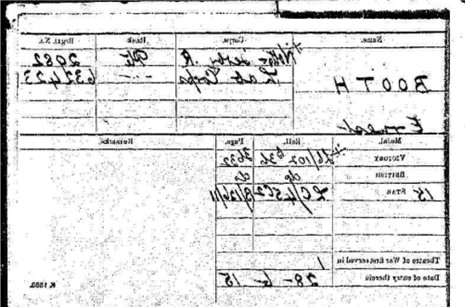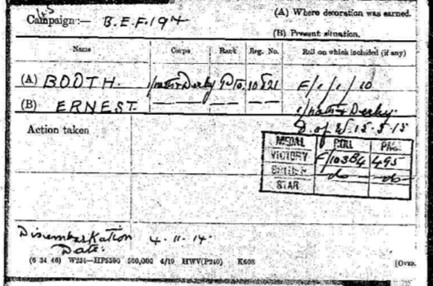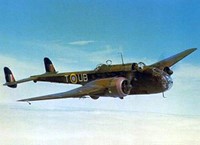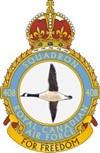We have 16 Commonwealth War Graves in our Churchyard and below is some brief background to each of those buried here. The numbers in red refer to a map at the bottom of this page.
JOHN ABELL (10)

John Abell was born in Mansfield in 1872 to William and Ann (nee Clarke).
According to the 1891 census the family, including 2 brothers and a sister for John they were living on Heywood Street, Brimington. John was employed as a Boiler Maker’s Labourer, whilst his father was an ‘Ashphelter’.
In 1893 John married Selina Ellen Lucas. According to the 1901 census John and Selina were living in Attercliffe, Sheffield and John’s occupation is listed as Boilermaker. According to the 1911 census they were now living at 175 The Blocks off Sheffield Road, Old Whittington.
John enlisted in Chesterfield for the ‘7537 Notts and Derby Regiment’ he was later transferred to the 1st Garrison Battalion Lincolnshire Regiment.
The 1st Garrison Battalion
Formed in September 1915. They moved in September to India where they remained, under command of the Presidency Brigade in 8th (Indian) Division.
The 8th (Lucknow) Division was a formation of the British Indian Army’s Northern Army that was first formed as a result of the Kitchener reforms of the Indian Army in 1903.
The Division remained in India on internal security duties during World War.
Sadly according to records he was admitted to the King George Hospital, Waterloo where he died on the 15th September 1916 of ‘Malignant disease of intestine’.
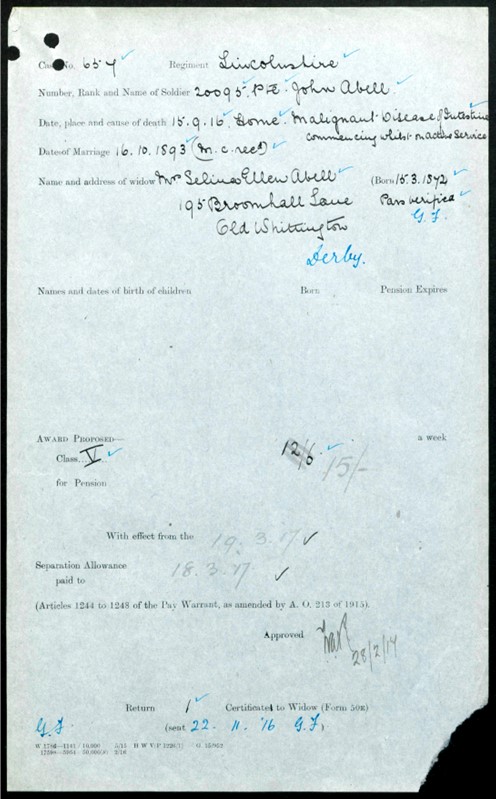

Selina died in 1921 and she is buried with John in his Commonwealth War Grave.
ERNEST BOOTH (2)
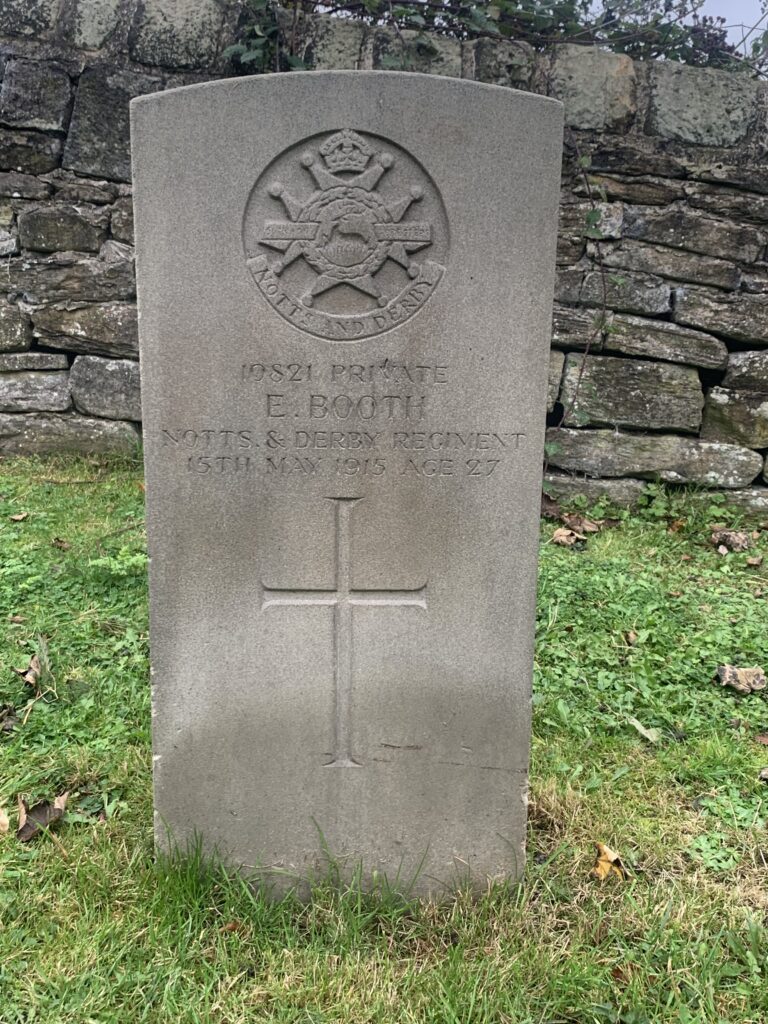
Ernest was born in 1888 to Joseph and Bridget (nee Gregory). At the time the family lived in Lowgates, Staveley.
In the 1901 UK Census the family had moved to High Street (Springwell Row) in Whittington.
In 1908 Ernest joined the Sherwood Foresters (Nottinghamshire & Derbyshire Regiment); Service number: 10821.

His first posting in 1909 was to Secunderabad. In 1912 the regiment transferred to Bombay. In September 1914 they set sail back to England, landing in Plymouth on 2nd October 1914 where they moved to Hursley Park and came under orders of 24th Brigade in 8th Division. Here they received orders to join the action in France and as a result on the 2nd November 1914 landed at Le Havre.
By May 1915 the battalion were based at Rue Du Bois near Ypres. The battalion were subject to heavy shelling. On the 9th May, Ernest suffered a gun shot to his thigh. He received treatment in the field hospital, however he required further treatment and sailed back to England aboard a hospital ship HMHS Anglia. He was then transferred to the 4th London General Hospital, Denmark Hill, London. Sadly he died from the wounds he suffered on the 15th May.
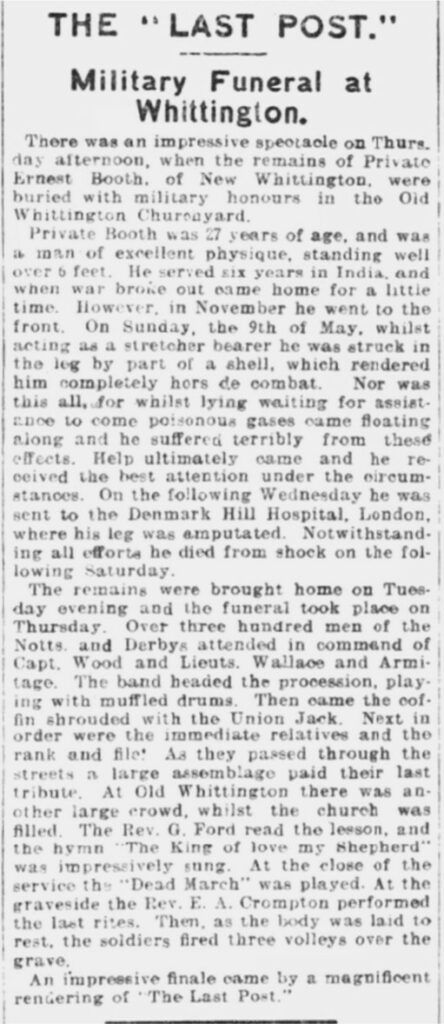
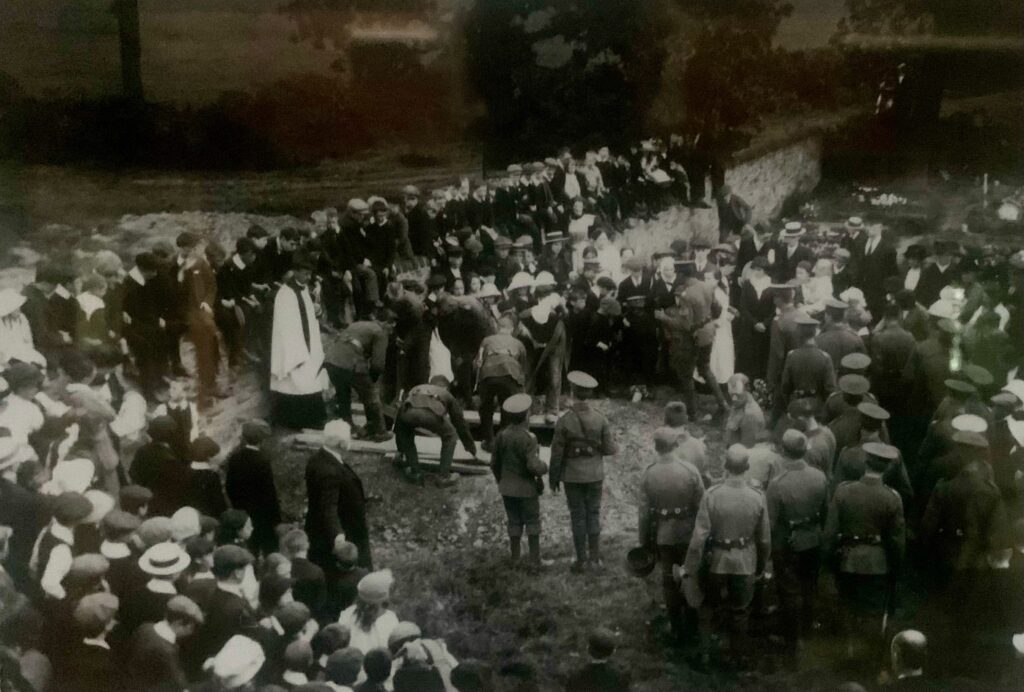
EDWIN BRADLEY (3)
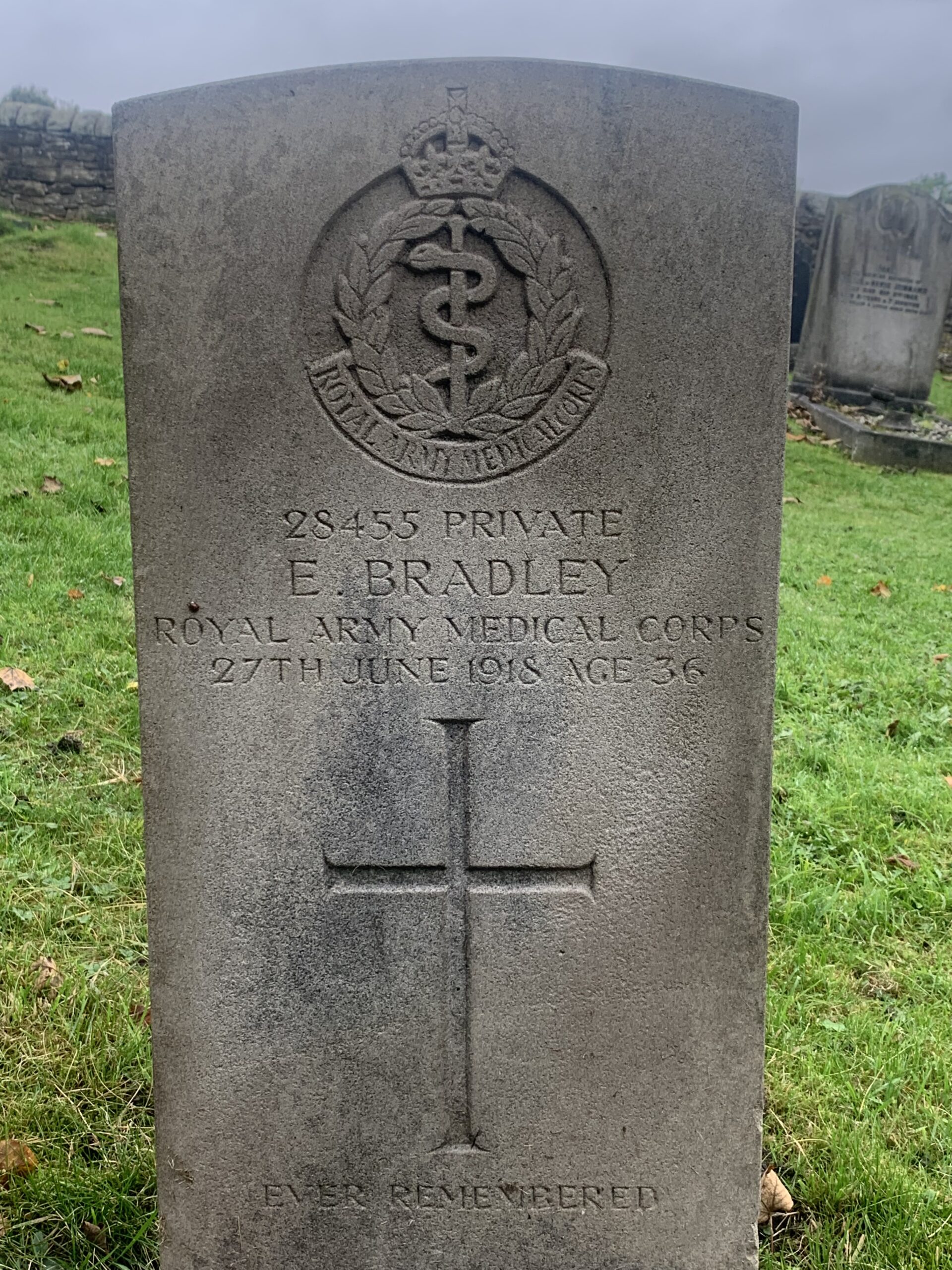
Edwin was born in 1882, the son of Thomas and Caroline (nee Bamford) in Somercotes.
According to the 1891 census the family lived at 23 Cinder Road, Somercoates and Edwin had 2 brothers, John and William. Thomas was not working due to a frozen shoulder.
In 1893 Edwin’s brother William died.
In the 1901 census the family had moved to 28 Cinder Road and Edwin was the only child still living at home. Thomas was employed as an Iron Moulder and Edwin was serving an apprenticeship as a ‘core maker’.
Edwin married Emma Ashley at Riddings Church on 26th December 1903. They had set up the family home in Riddings. Edwin stated that his occupation was a core maker.
By the time of the 1911 census Edwin and Emma had set up home at 15 Prospect Road, Old Whittington. They had two children, Nellie and Charles. Also his mother and father had moved in with them.
In 1912 they had another daughter, Mabel.
At some point Edwin enlisted into the Royal Army Medical Corps at Chatham.

The Royal Army Medical Corps (RAMC) is a specialist corps in the British Army which provides medical services to all British Army personnel and their families in war and in peace.
According to his pension card Edwin died on 27th June 1918 of pneumonia contracted whilst on active service. The card also records that Edwin had been on munitions work from 23.8.16 to 27.6.18.
Emma died in 1965 aged 84 and she is buried with Edwin in his Commonwealth War Grave.
JAMES BUNTING (8)
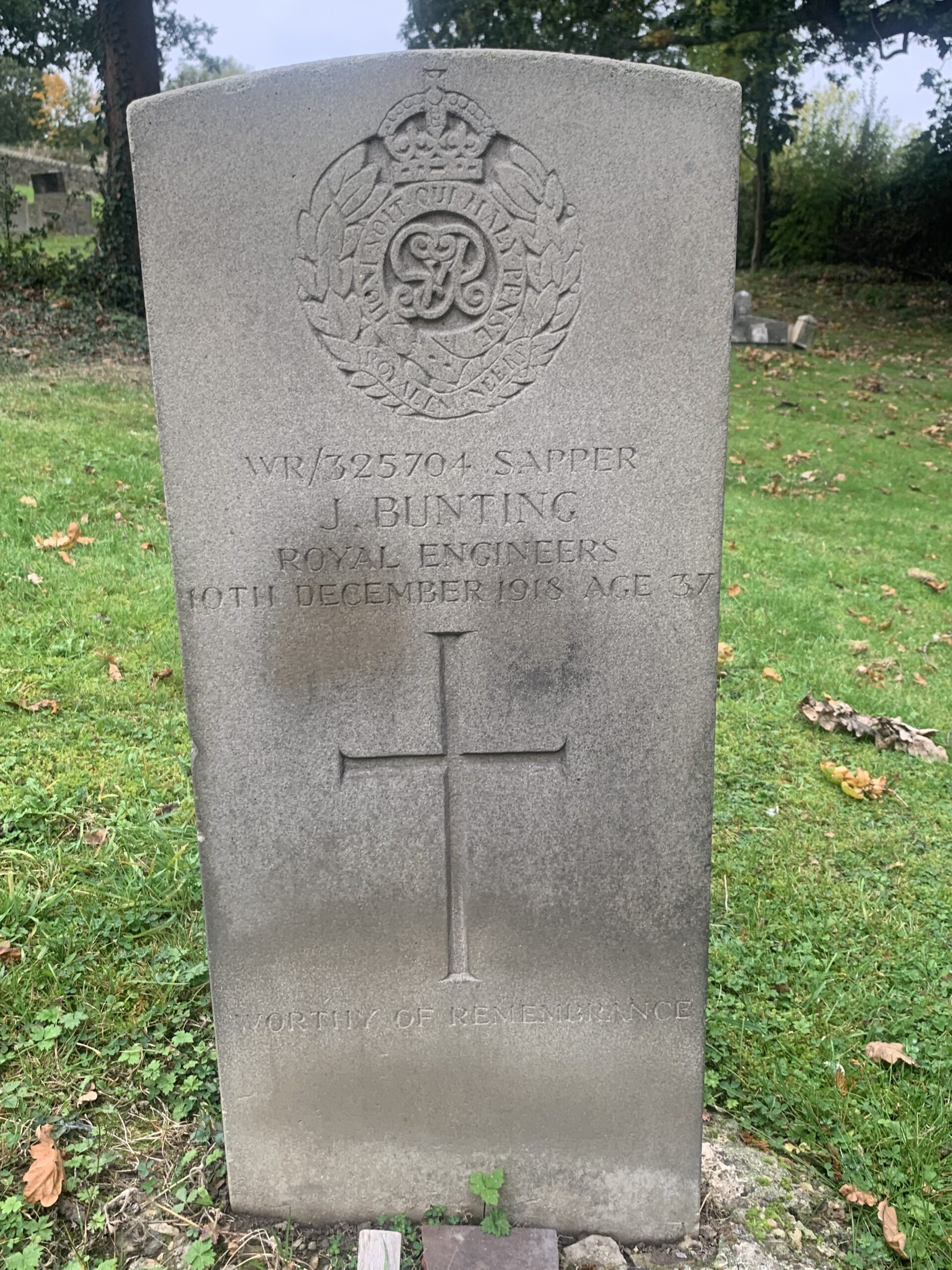
James has proved difficult to track down. I eventual found a clue when he left some of his War Pension Gratuity to a Mrs Mary Godfrey. He lodged with her and her husband for a while and for some reason he was listed on the 1911 census as James Bunning. At the time they were living at 7 Station Road, Chesterfield. James was employed as a ‘Carter brewery’ and he was 34 years old.
From this record I could check back to the 1901 census which showed James lodging with Samuel and Evelyn Brown at 7 Church Lane, Chesterfield. His occupation was shown as a carter.
As far as I can work out he was born in 1877.
At some point James signed up to the Royal Engineers.
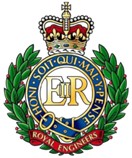
The RE’s has been involved in every major conflict the British Army has fought and has ever since lived up to its Motto “Ubique” (“Everywhere”).
The Corps of Royal Engineers, usually just called the Royal Engineers (RE), and commonly known as the Sappers, is a corps of the British Army. It provides military engineering and other technical support to the British Armed Forces and is headed by the Chief Royal Engineer. The Regimental Headquarters and the Royal School of Military Engineering are in Chatham in Kent, England. The corps is divided into several regiments, barracked at various places in the United Kingdom and around the world.
Sadly James was killed on the 10th December 1918, unfortunately I cannot track where.
From his entry in the Army Registers of Soldiers Effects I think James was attached to the Transport Branch, which would make sense given his pre war experience as a carter. I think as well by 1918 he had been promoted to a sergeant.
ERNEST BURGIN (16)
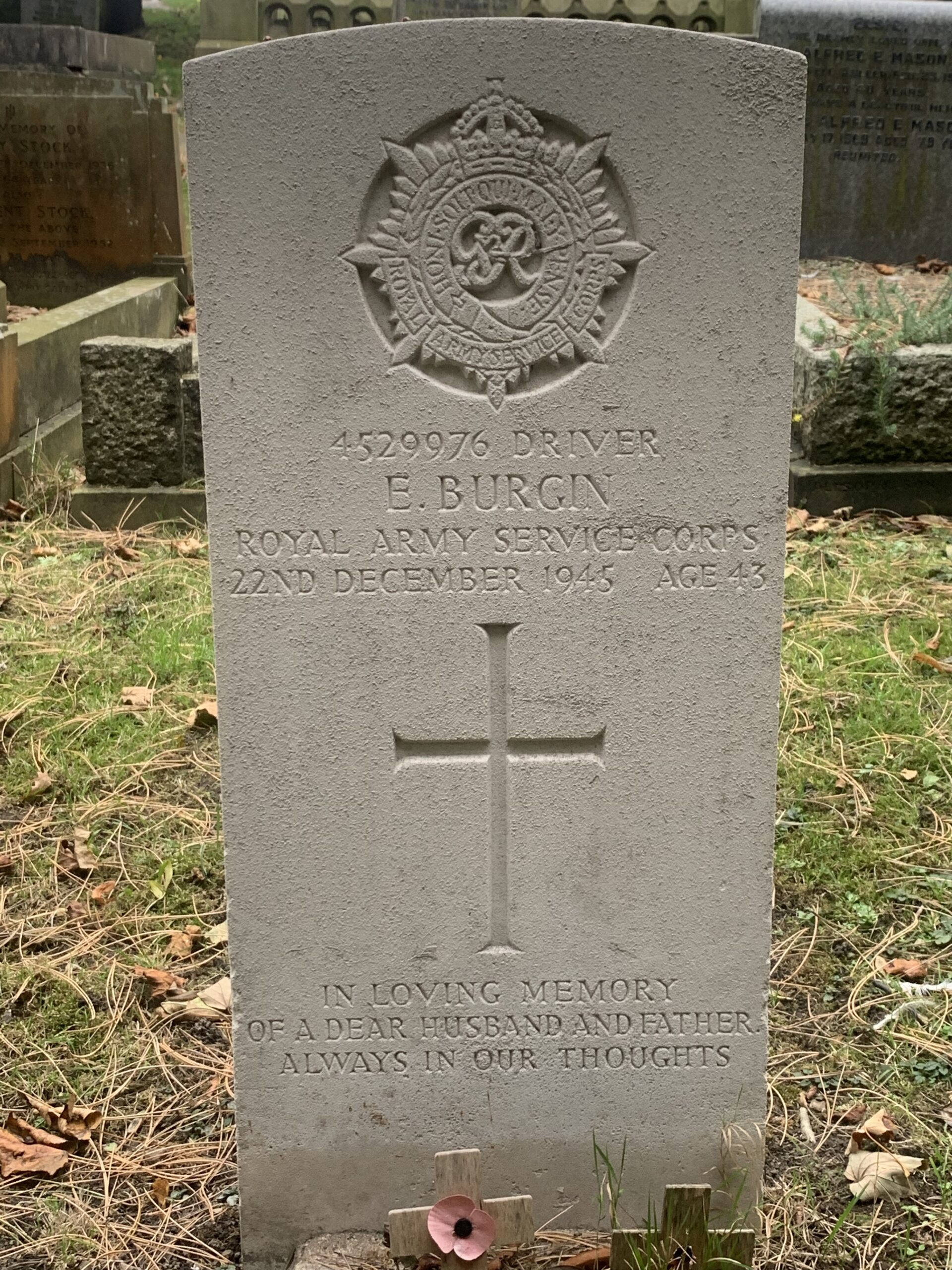
Ernest was born in 1902 to Jonathan and Ellen (nee Rogers)
According to the 1911 census Jonathan was employed as a coal miner (hewer) Ernest had 4 brothers. They were living at 24 Stone Street, ‘Mosbro’ Sheffield.
Ernest married Ida Alice Partridge in June 1932 in Eckington Parish Church. A daughter Hazel was born in 1933.
At some point later Ernest became the Sexton and Verger to St.Bartholomew’s Old Whittington and moved into Church Cottage, Church Street North, Old Whittington.
He was called up from the reserves to serve as a driver in the Royal Service Corps. The role of the Royal Army Service Corps in the field fell into two main parts, supply and transport.
I assume in honour of Ernest’s service of Sexton and Verger he was burried on the South side of the church where he could keep an eye on the doors. The wording on his CWG headstone was paid for by the Parochial Church Council.
Derbyshire Times and Chesterfield Herald 28th December 1945

CHARLES EDWIN BUXTON (15)
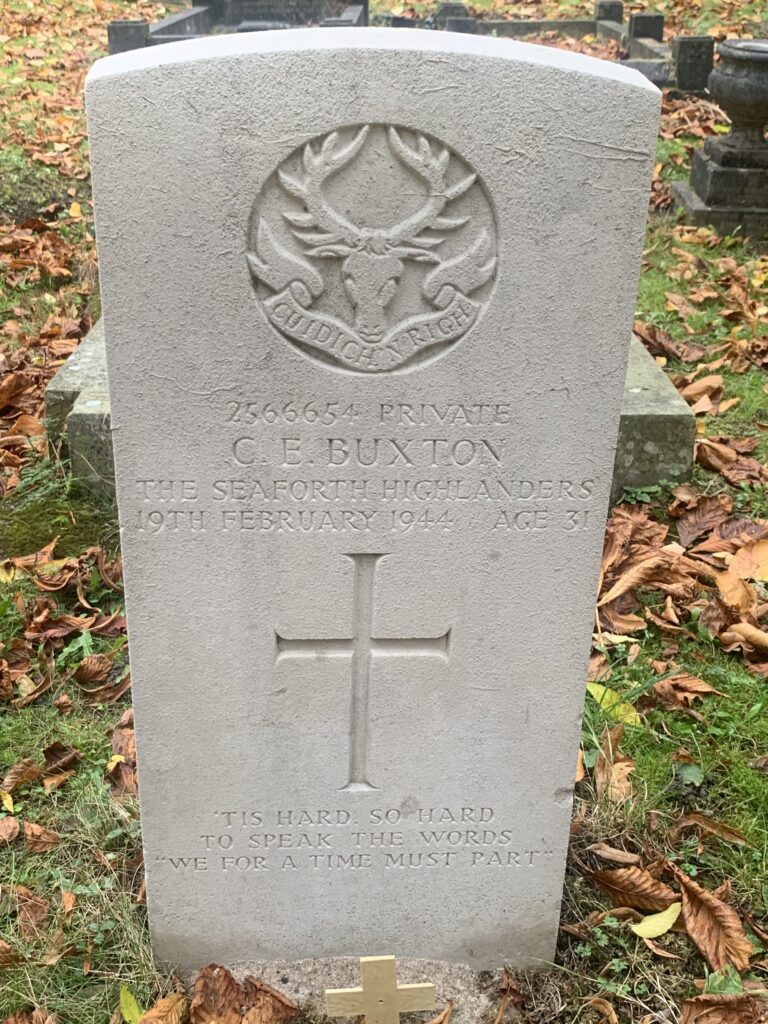
Charles was born on 6th November 1912 to Charles Edwin and Alice (nee Damen). He was baptised on the 5th April 1913 at St. Mary and All Saints, Chesterfield.
According to the 1911 census the family were living at 12 Devonshire Cottages, Barrow Hill. The census records that when Charles is born the following year he would join his two sisters Alice and Agnes.
Charles’ mother, Alice, died in October 1936.
In October 1937 Charles married Kathleen Harvey.
In the 1939 Register Charles and Kathleen were living at 41 London Street, New Whittington, which they shared with another couple.
On the outbreak of war Charles joined the Seaforth Highlanders
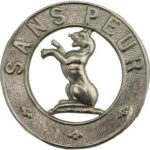
He was attached to the 5th Battalion of the Seaforth Highlanders.
The 5th Battalion formed part of the reconstituted 152nd Brigade in the reconstituted 51st Highland Division, and served in the Middle East, in the Allied invasion of Sicily in July 1943, in the Allied invasion of Italy in September 1943 and then in North-West Europe.
In 1942 the 5th Battalion was in action in the Western Desert. Between 11th Jun 1940 – 4th Feb 1943 the Western Desert campaign took place in the deserts of Egypt and Libya and was the main theatre in the North African campaign of the Second World War. Military operations began in June 1940 with the Italian declaration of war and the Italian invasion of Egypt from Libya in September.
On 20th November 1942 Charles was wounded and was Reported to War Office Casualty Section for the 24 hours ending at 09:00.
The next record I can find is that which records Charles’s death on the 19th February 1944. The record doesn’t show where he was in action but we do know that the 5th Battalion were in Normandy at that time.
The burial records show that Charles was buried in St Bartholomew’s churchyard on 24th February 1944.
Charles’ father who fought in the First World War and died in 1949 is buried with him.
LEONARD WILLIAM DAVIDSON (9)
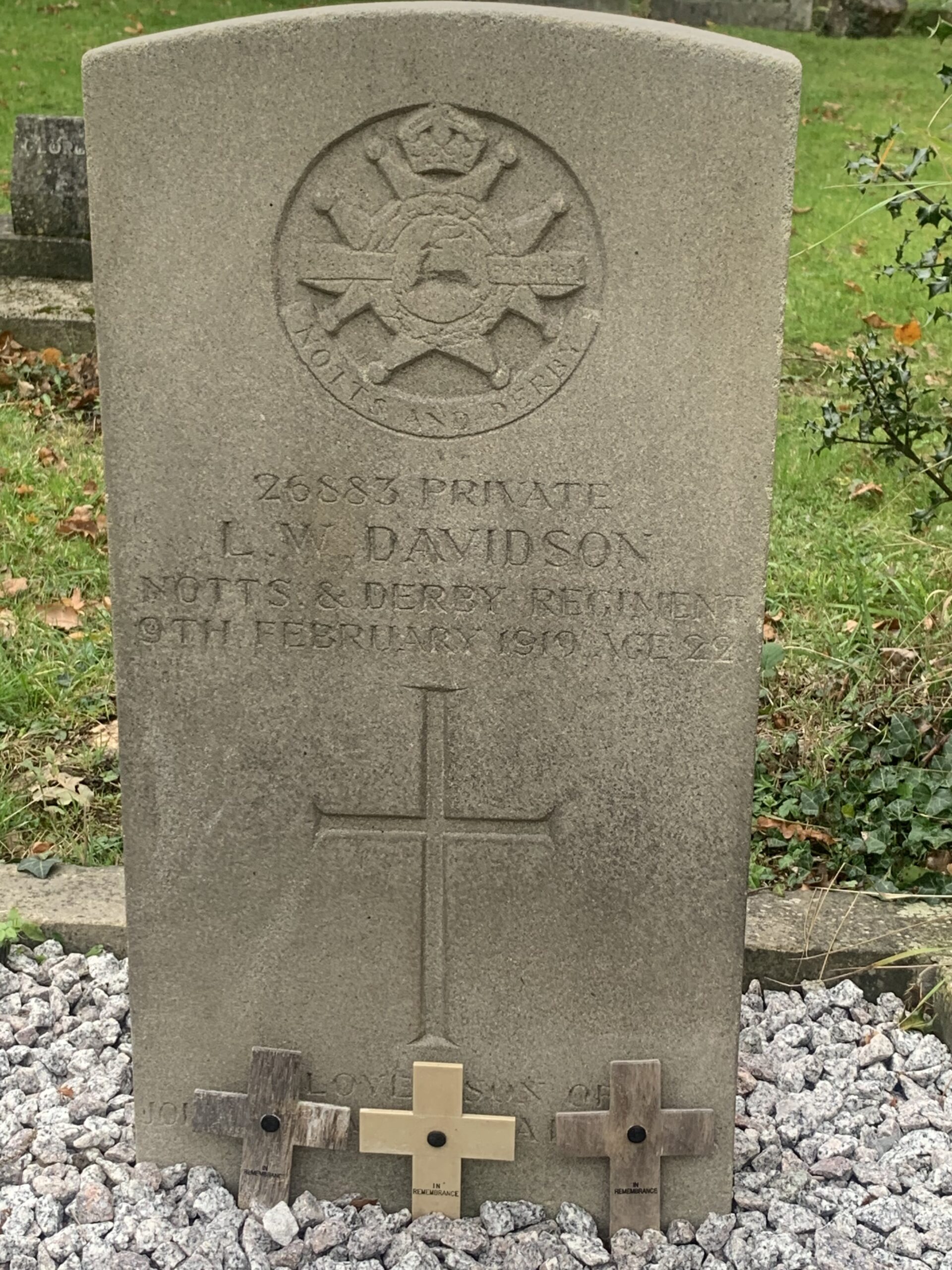
Leonard William was born in 1896 to John and Clara Davidson. He was baptised at St. Bartholomew’s Old Whittington on 25th September 1896.
In the 1901 UK Census the family were living on South Street in New Whittington.
The family were still living on South Street according to the 1911 census and Leonard was employed as a shop assistant, believed to be at the local pawn shop also on South Street.
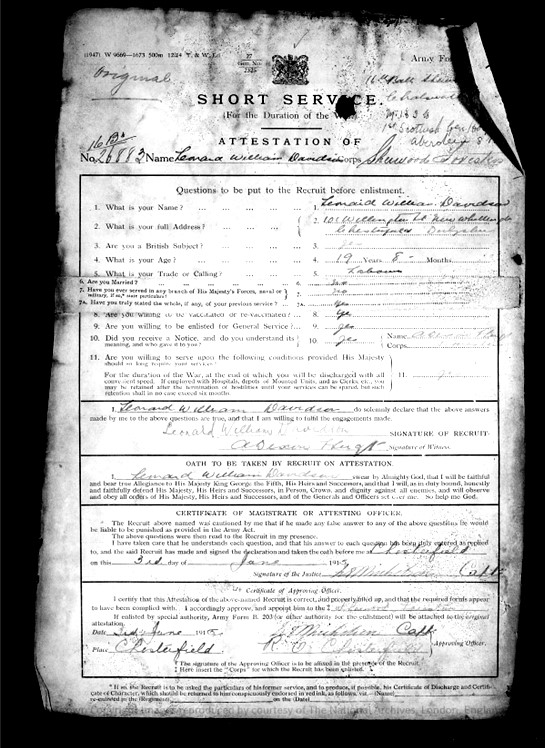
Leonard signed up to the 3rd Battalion Sherwood Foresters on 3rd June 1915 at which time the family had moved to Wellington Street. Leonard was posted to the 16th battalion Sherwood Forresters. He would be involved in heavy fighting on the front line in the Somme area. Leonard served with the 16th battalion until 13th November when he was wounded during the capture of St.Pierre Divion receiving a bayonet wound to his right thigh. He received treatment locally but was then shipped back to England for further treatment. He went on to serve at a number of UK based positions until being returned to the front line in October 1917 with the 1/6th battalion Sherwood Forresters.
According to a letter sent by Leonard to his parents he was injured during German shelling near Beaumant-Hamel. This was in August 1918 when he received shrapnel wounds to his left cheek . Following the injury, he reports he was carried to the first aid post by a German prisoner of war. He was again shipped back to England this time to Kirbymoorside for medical care.
In December 1918 he was posted to Ripon Camp and then on to Clipston Camp for demobilization, whilst there he contracted influenza which turned into pneumonia and he died on 9th February 1919, aged 22.
JEAN ELLIOTT (14)
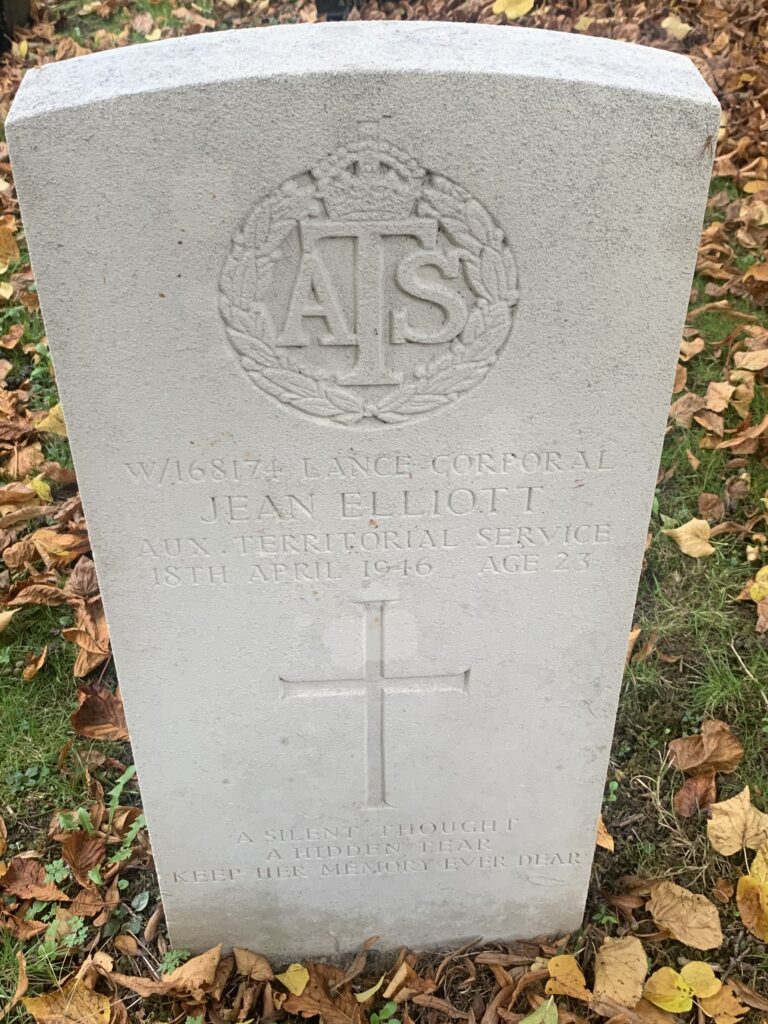
Jean was born in January 1923 in Belper to James and Georgina (nee Cope). Jean had two sisters Enid born in 1922 and Peggy born in 1932.
Her father died in 1935 and her mother married William Cox in 1937.
According to the 1939 Register they lived on Fowler Street, Old Whittington.
I can find no record which shows when Jean signed up to the Auxiliary Territorial Service.

The Auxiliary Territorial Service (ATS; often pronounced as an acronym) was the women’s branch of the British Army during the Second World War. It was formed on 9 September 1938, initially as a women’s voluntary service, and existed until 1 February 1949, when it was merged into the Women’s Royal Army Corps.
Jean was given the rank Lance Corporal and her service number was 168174.
I have not been able to find any reference or article about her death other than she sadly died as a result of an accident on the 18th April 1946 whilst in Scotland.
HARRY GREEN (4)
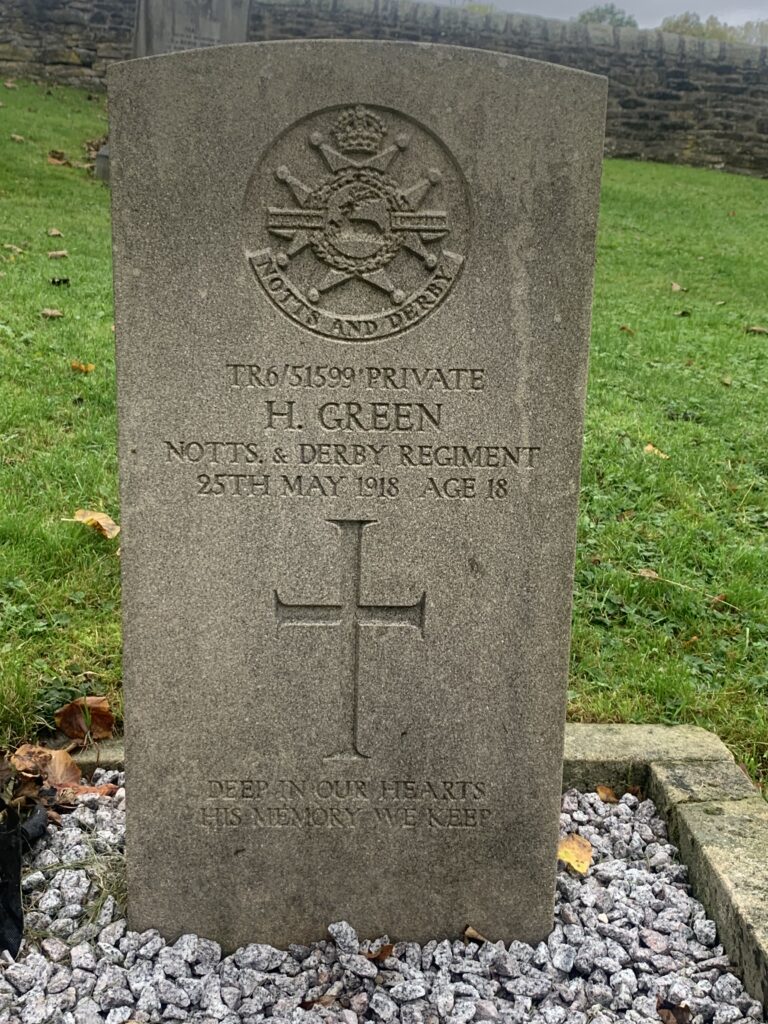
Harry was born in 1900 in Worsborough, Yorkshire, the eldest child of John and Edith (nee Straw). Edith was a native of New Whiitington.
According to the 1901 census the family were now living at 81 High Street, Whittington and John was employed as a General Labourer.
In the 1911 census Harry had 2 brothers (George and Arthur) and 2 sisters (Elsie and Constance) and now lived at 107 High Street, New Whittington. John was now employed as ‘Engineman Stationary’ at the Iron Foundry.
After leaving school Harry got a job in the Staveley Coal and Iron wagon shop.
Harry’s mother Edith was the sister of John Edward Straw. John also lost his life in the first World War and also has a Commonwealth War Grave in our Churchyard.
Harry was called up on his 18th birthday. As a conscript Harry was old enough to start training but would not be eligible to serve overseas until he was 19.
Conscription during the First World War began when the British government passed the Military Service Act in January 1916. The act specified that single men aged 18 to 40 years old were liable to be called up for military service unless they were widowed with children or ministers of a religion. In May the rules changed to include married men too.
Harry was attested to the Sherwood Forester Regiment as private 51599. He was sent to Rugely Camp in Staffordshire.

Rugely was one of two camps built on Cannock Chase (the other being Brocton). The camps were purpose built and could hold up to 40,000 men. The camps had numerous facilities to help morale. Trenches were also dug so the recruits could be trained in trench warfare.
Harry was taken ill on 23rd May 1918, he received treatment at the camp’s hospital but sadly died two days later. The cause of death was recorded as ‘Cerebo-spinal fever’, also known as ‘spotted fever’ a form of meningitis. It was concluded that overcrowding linked with cold and damp exacerbated the disease.
GEOFFREY HUGHES (12)
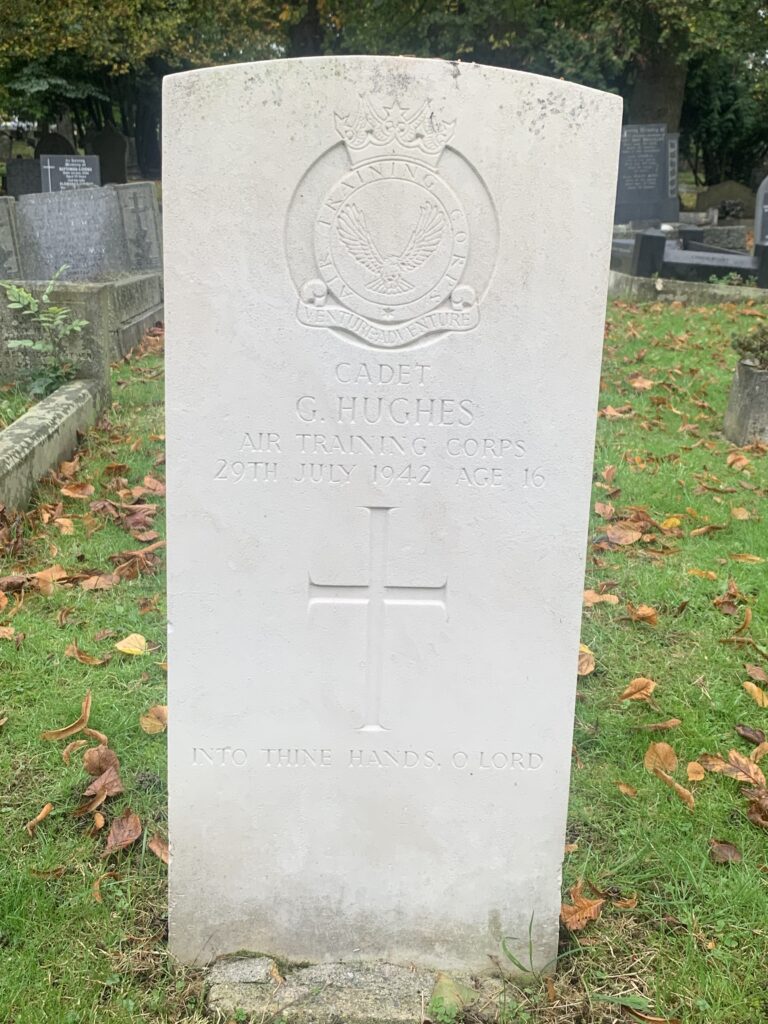
Geoffrey was born on 21st April 1926 to Frederick and Sarah Elizabeth (nee Kidger).
In the 1939 register the family were living at 623 Sheffield Road, Old Whittington. Frederick was employed as a Foreman Fitter.
Frederick and Sarah had another child in 1924, a son named Aubrey, who sadly died in infancy.
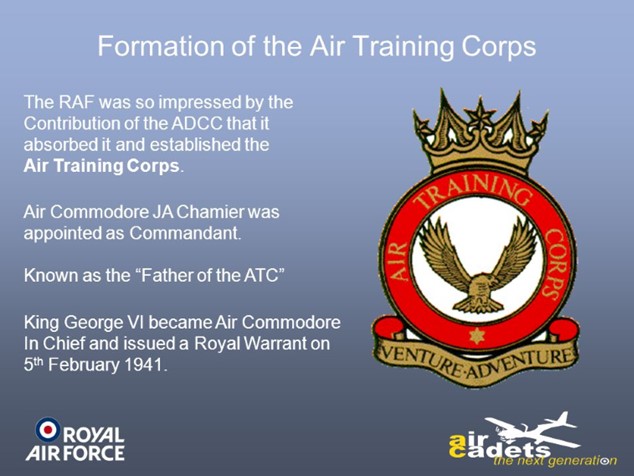
At some point Geoffrey joined the Air Training Corps (ATC). The ATC was formed from the Air Defence Cadet Corps (ADCC) in February 1941.
Geoffrey was on a visit to Balderton Airfield where the RAF were carrying out an air Test in readiness for the upcoming Saarbrucken raid.
Whilst at Balderston Geoffrey was taken up for an air experience flight aboard a Handley Page Hampden I, part of squadron 408 (goose)
The plane was piloted by Squadron Leader L B B Price and also on board an observer sgt. I Hughes and another cadet K R Couzin Wood.
Sadly the aircraft crashed one and a half miles away from the airfield. All those aboard died.
I’m not sure if any of these were related but Sgt. I Hughes’s epitaph reads ‘
THREE BROKEN LINKS IN THE FAMILY CHAIN BUT ONE BY ONE WE WILL MEET AGAIN’
WILLIAM HUSBAND (6)
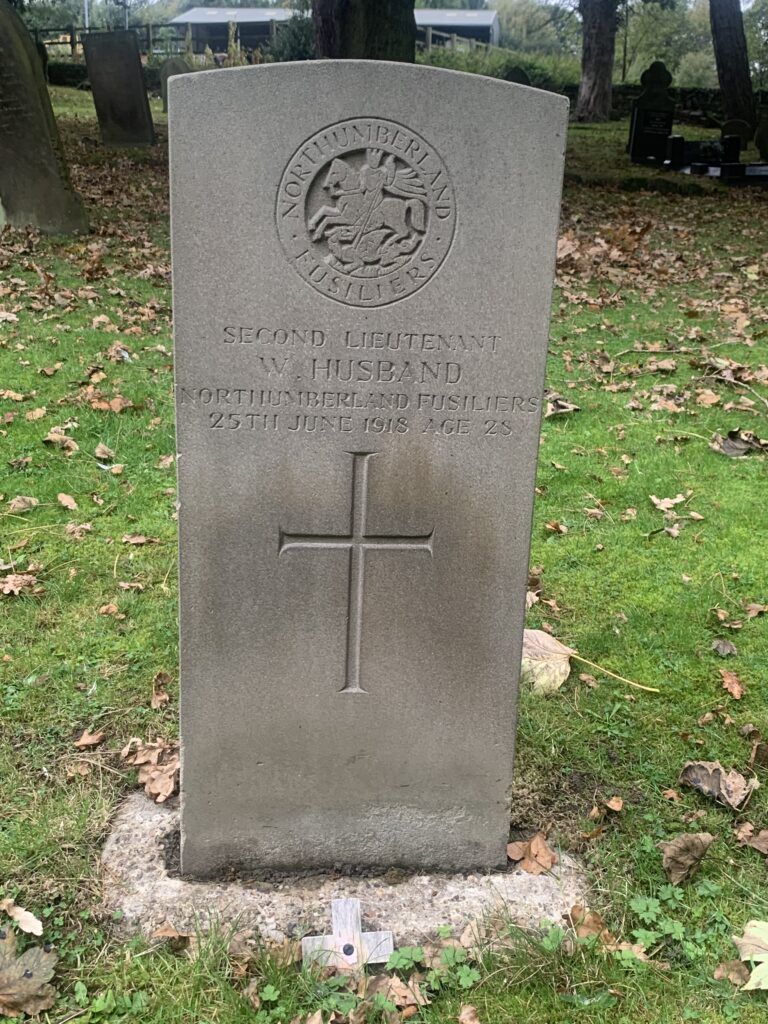
William was born in Old Whittington on the 1st March 1891 to George and Sophia Husband.
In the 1891 census the family were living at 135 High Street, New Whittington and George noted his occupation as ’Pawn Broker’. William was recently born and had siblings George (9) and Florence (7).
By the time of the 1911 census George was a widower (Sophia sadly died in 1902 ) and his occupation listed as ’clothier’. William was now employed as a teacher. George and Florence are not listed with the family but William has a new brother Bertie (16).
William signed up to the Durham Light Infantry in December 1914. He later transferred to the 10th Battalion Sherwood Foresters. At the time they were based at Wool then on to West Lulworth October 1914, returning to Wool on December. They then moved to Winchester in June 1915.
From there they travelled to Folkestone and onward to Boulogne on 14 July 1915.
At the time the battalion were involved in battles at Givenchy, Bellewaarde and Hooge. In April 1917 the British were called upon to launch an attack in support to a larger French offensive: the battles of the Chemin des Dames and the hills of Champagne. The opening Battle of Vimy and the First Battle of the Scarpe are very encouraging, but once again the offensive – often known as the Battle of Arras – bogs down into an attritional slog. Final attempts to outflank the German lines at Bullecourt proved terribly costly.
William’s service to his Country was rewarded when he was promoted to the Officer rank of 2nd Lieutenant with the Northumberland Fusiliers.
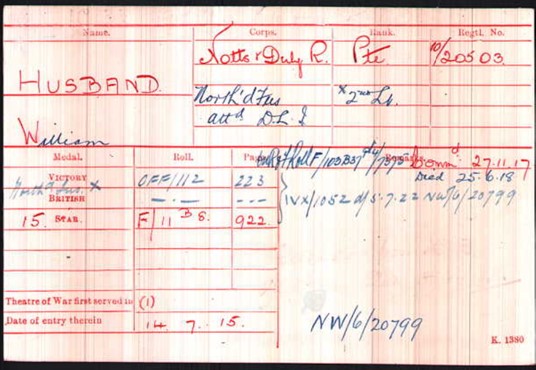
It is not known which battalion William was attached to when he was wounded whilst serving in France on 17th June 1918. These wounds proved fatal and he died on 25th June 1918 in Southmead hospital in Bristol.
ARTHUR MATCHETT (11)
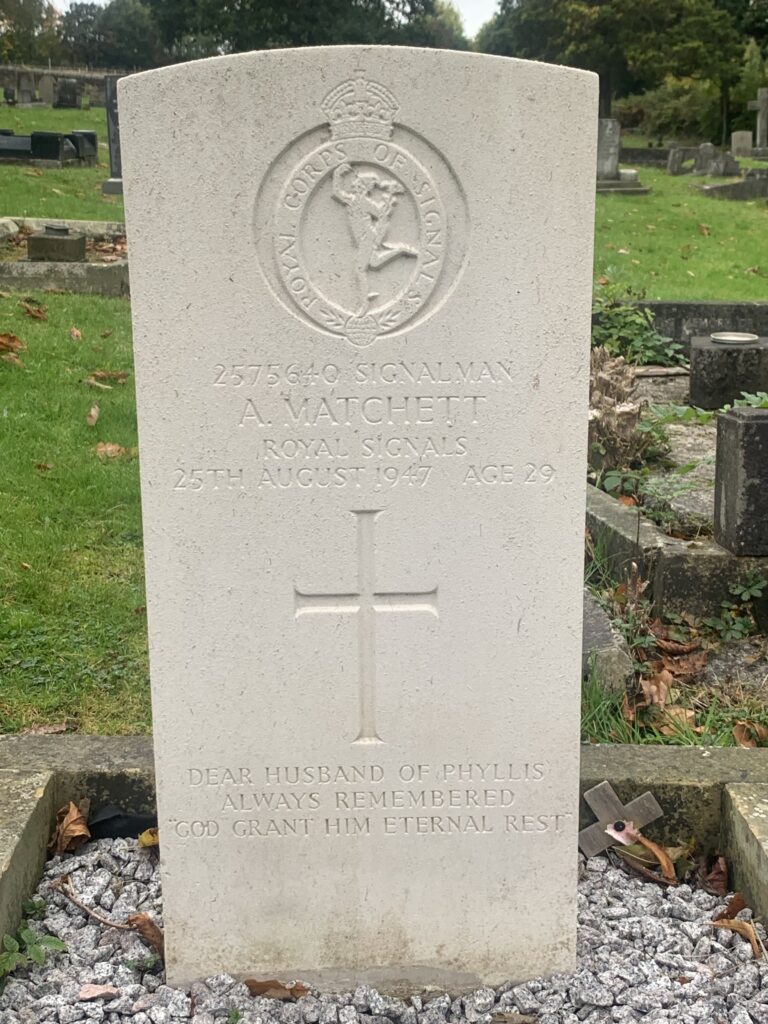
Arthur was born in 1918 to Henry and Emma (nee Barnett) at the time the family were living on Mountcastle Street in Whittington Moor.

From the information I can find it would appear that Arthur signed up to the Royal Corps of Signals on the outbreak of war.
Members of the corps served in all the major theatres of the Second World War (1939-45). Their roles expanded to involve not only operating signals equipment, but also maintaining telephone lines and other communications infrastructure, often under enemy fire.
In June 1940 Arthur was serving in France with ‘The British Army’. On the 27th June he was recorded as ‘missing’ however on the 14th August 1940 he was recorded as ‘not missing’. So all would seem well.
In 1943 he was serving in Tunisia with the British Army and the 1st Air Formation Signals. He was listed as Lance Corporal (Unpaid).
In May 1943 he was recorded as wounded, although there was some confusion as to whether this was a battle wound.
Arthur must have earned some leave as in April 1945 he married Phyllis May Grose.
I can find no records of where Arthur served after 1943.
I did find a diary entry from another signalman who stated ‘we went to Morpeth Transit Camp where approximately two hundred of us were on parade; there were two officers, each with a clip board calling out alternate names. One draft was for the Middle East and one for the Far East (the Japanese War was still on then).’
I have since some information that Arthur was involved in motor accident in December 1945 whilst serving in Germany. He never left hospital. In July 1947 he had a succesful operation on his left kidney. It was though imperative that he had a similar operation on his right kidney. Prior to the operation he was required to have an x-ray. To enable this he was given a radio-active drug in the arm. He immediately felt ill and despite stopping the injection and the best efforts of the medical staff Arthur sadly died.
JAMES JOHN SHAWCROFT (5)
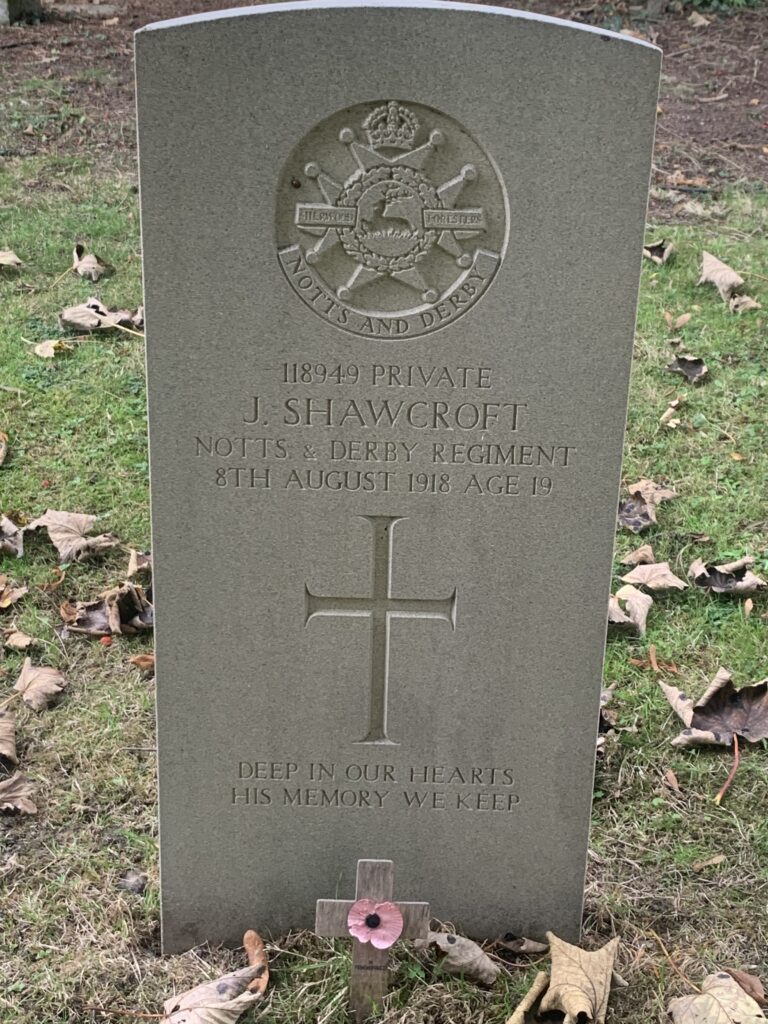
James was born on 19th May 1899 to John and Hannah Shawcroft. He was baptised on the 7th June 1899 at St Bartholomew’s Old Whittington and they were living at Church View.
In the 1901 census the family were living at 40 Church Street.
James enlisted in Chesterfield on 28th October 1916 when he was 17 and 5 months. He joined the 3rd battalion Notts and Derbyshire Regiment.
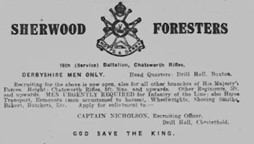
The family now lived at 223 Church Street, Old Whittington.
Before signing up James was employed in the pit as a ‘clipper on’ (likely to involve attaching a cable to coal carts to aid pulling them to the surface).
When signing up he appears to have given his age as 19!
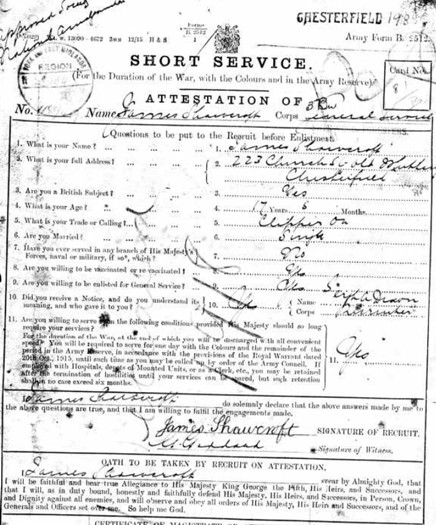
James was held in a Reserve Battalion but was mobilized on the 19th June. The battalion were dispatched to Sunderland as part of the Tyne Garrison. Their job was to defend the Tyne, probably by manning the gun batteries.
Sadly James died on the 8th August 1918 of pneumonia
JOHN EDWARD STRAW (7)
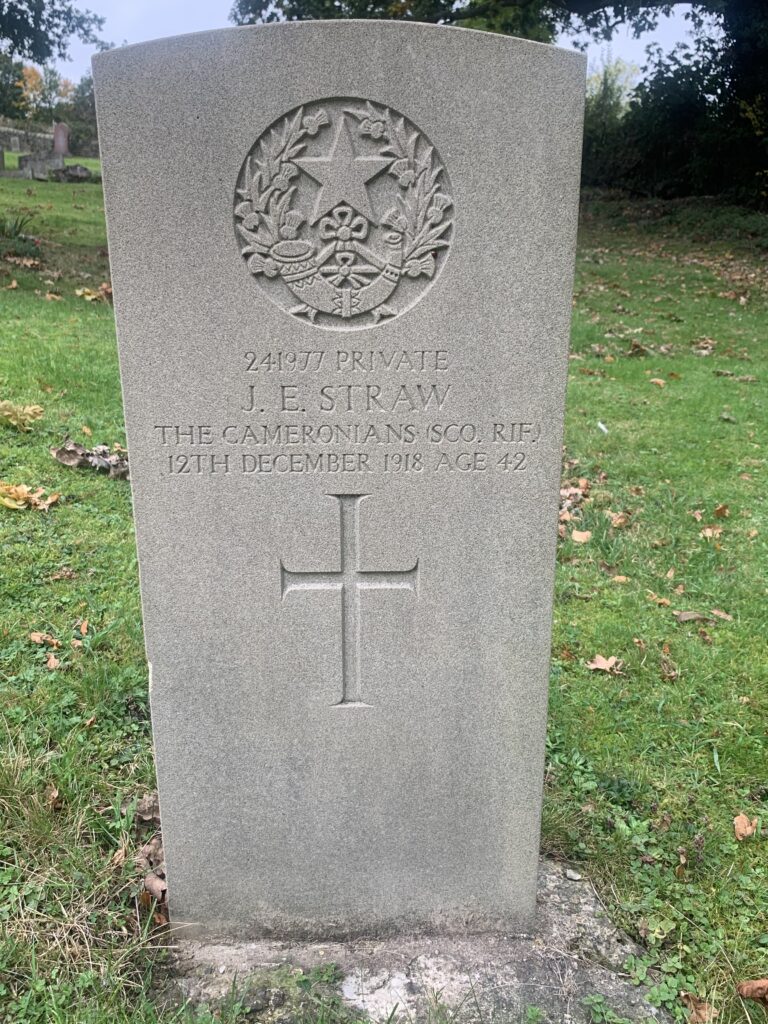
John was born in 1876 in Brimington to John and Jane (nee Adams).
By 1878 the family had moved to South Street, New Whittington. John and Jane had fourteen children sadly only eight made it to adulthood. Jane died in 1907, aged 51.
According to the 1901 census John was living in Scarcliffe, Bolsover and was employed as a coal miner. In the 1911 census John was still a coal miner but now living in Langwith, Bolsover.
John signed up at Mansfield on the 21st August 1915 when he was 38 years old.
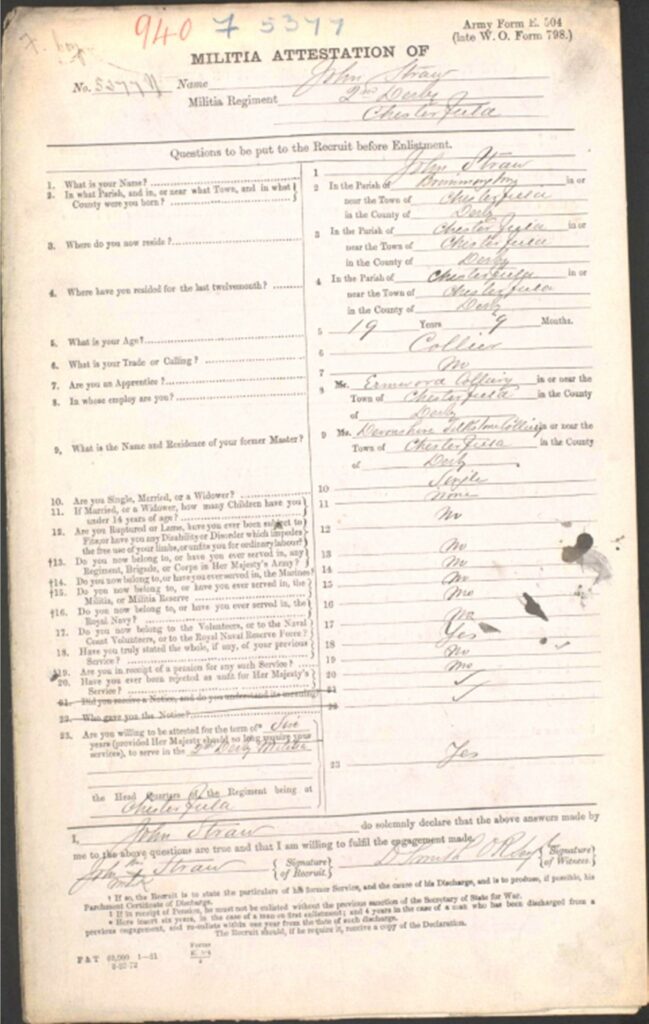
John was posted to the 17th Battalion Sherwood Forresters. The 17th Battalion were also known as the Welbeck Warriors and were formed in 1915. In October 1915 they moved to Aldershot and came under orders of 117th Brigade in 39th Division. Prior to getting involved at the front they moved to Witley in November 1915. Then landing in France on 6th March 1916.
John was in action near Givenchy at the end of May, when news would have been received that his brother Harry had died of wounds sustained.
John was shipped back to England in August, it is not recorded why but likely to be due to injury or illness. He was then posted to Territorial Force (Home Guard). In November 1916 he was transferred to the 2/6th Cameronians (Scottish Rifles). The Battalion was a second line force based at home. In 1917 they moved on to Kilworth in Ireland but John was discharged on 18th April 1917 ‘as no longer fit for war service’.
He was able to secure employment as a coal hewer living in Mansfield Woodhouse. However John was admitted to Mansfield hospital where he died on 12th December 1918. The cause of death was nephritis (inflammation of the kidneys) a known illness of those who served in the trenches
ERNEST WATTS (1)
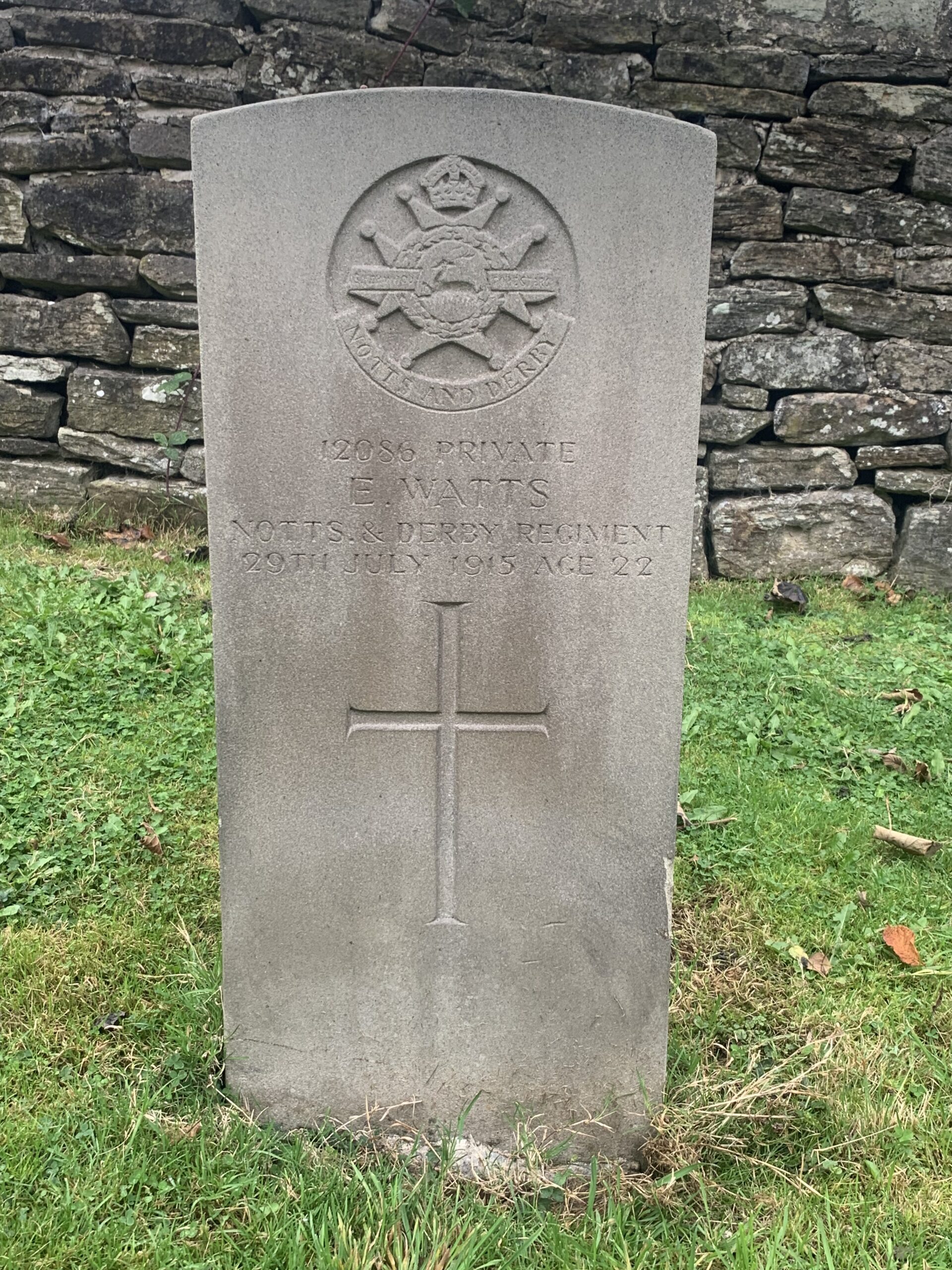
Ernest was born 19th March 1893 in Old Whittington to James and Mary and was baptised at St Bartholomew’s on 10th May 1893.
James was a miner and the family were living at 6 Lowes Row Old Whittington.
Ernest had 3 brothers and a sister at the time of his birth.
According to the 1901 census John was now employed as a coal hewer, they were living at 63 Church Street and Ernest had gained another brother and sister.
Ernest attended the Whittington Websters Endowed school on Church Street.
By the time of the 1911 census James was still employed as a hewer and Ernest and his brother Thomas were employed as colliery labourers. The family were now living at Springwell, near Chesterfield.
Ernest joined the 2nd Notts and Derbyshire regiment, the Sherwood Foresters.
The regiment were formed in August 1914 in Sheffield. They moved to Edinburgh on mobilisation. In 14 August 1914 they moved to Cambridge and came under orders of 18th Brigade in 6th Division and on 11 September 1914 they landed at St Nazaire.
The 6th Division were involved in the fighting in the north of France around the Ypres Salient.
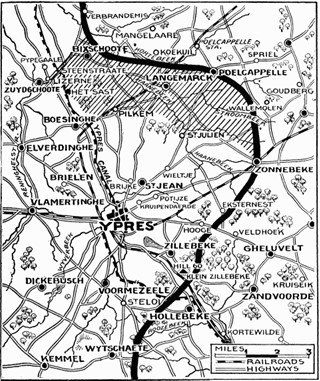
The British and French defending Ypres and the corner of Belgium around Veurne from German occupation but escalating trench warfare in the salient. Both sides vied for control of tactically important areas along the line. Obtaining control of the few hills and ridges became the objective of this battle in which poisonous gas as a weapon was first deployed and the widespread destruction and evacuation of Ypres came about.
Ernest was wounded sometime in June/July 1915 and was shipped home to the Norfolk War Hospital where Ernest sadly died on 29th July 1915.
JOSEPH WRIGHT (13)
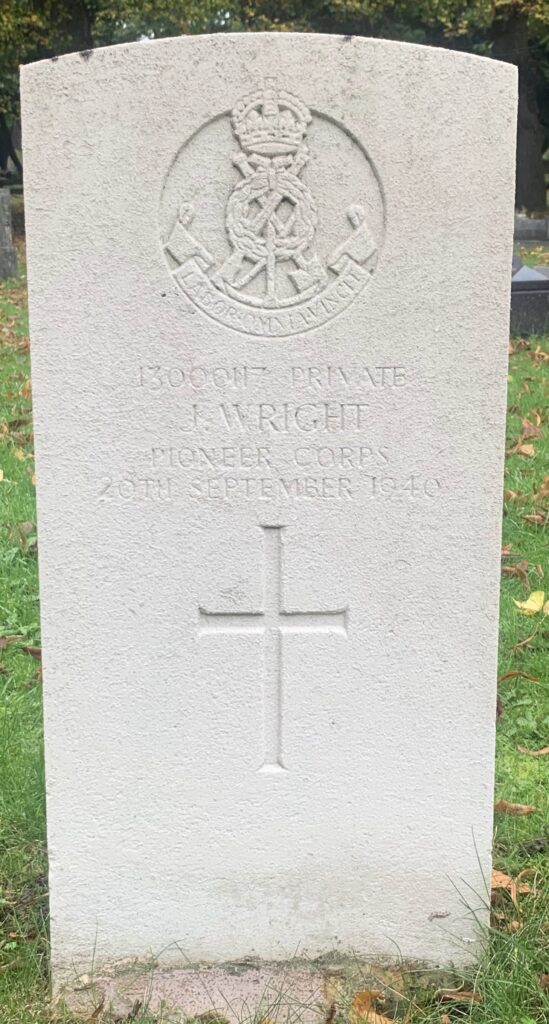
Joseph was born 23rd January 1905 to Arthur and Charlotte (nee Coupe). He was baptised 20th February 1905 in Newbold Parish Church.
Joseph was one of nine children.
According to the 1911 census Arthur was employed as a miner and the family were living at 91 Shaw Street Whittington.
In April 1932 Joseph married Mary Ellen Betton at Hasland Parish Church. Joseph stated his profession as Miner and the couple were living in Grassmoor.
In August 1932 Mary gave birth to their son Joseph A.
In the 1939 Register the family were now living at 53 Newbridge Lane, Old Whittington. Joseph’s occupation was listed as Colliery hewer—heavy worker.
At the outbreak of war Joseph signed up to the Auxiliary Military Pioneer Corps.
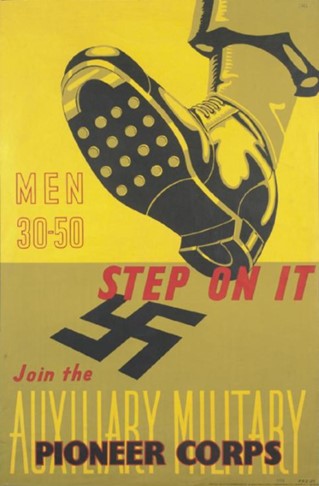
At the outbreak of the Second World War, the Auxiliary Military Pioneer Corps was formed. In 1940, it was retitled the Pioneer Corps. In addition to British soldiers, the Pioneer Corps was heavily composed of men from the British Empire and Nazi-occupied Europe.
In 1946, the Pioneer Corps was granted the Royal prefix for its services during the Second World War.
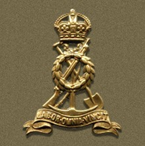
I can find no records of where Joseph trained or served.
There is some question about his date of death too, some records state 20th May 1940 whilst the Commonwealth War Graves Commission record it as 20th September 1940.

